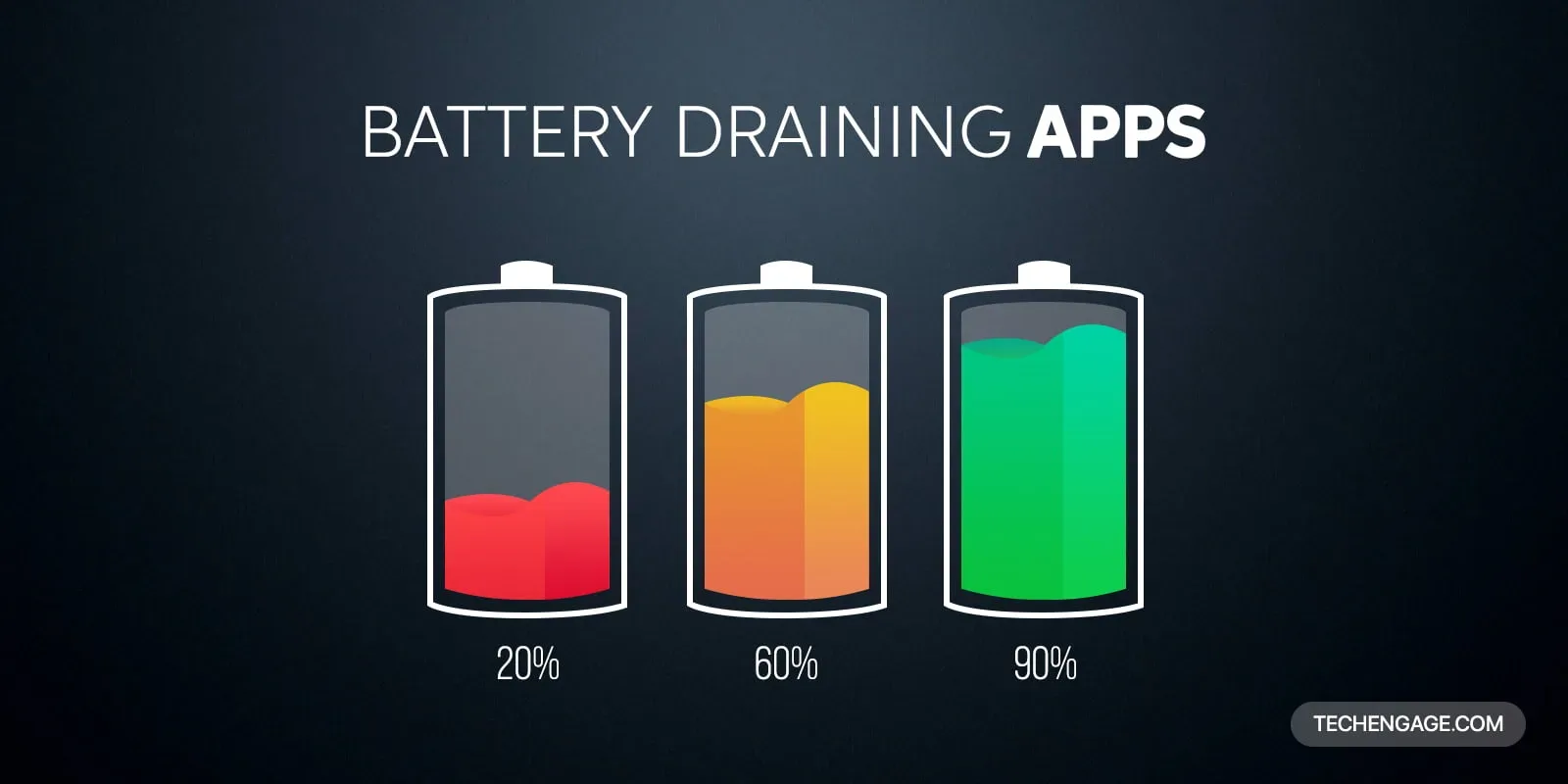This might seem like something out of the Terminator, and we can’t blame you for thinking this way. But AI might take over the world, thanks to DARPA.
The US Department of Defense agency will team up with Seattle’s Allen Institute for Artificial Intelligence to ensure AI has common knowledge of everyday tasks and objects. This will make AI feel less like specialized beings, and more like capable beings of unlimited power.
To judge how serious DARPA really is in the field of AI advancement, it has invested 2 billion of its own budget into this project.
The project will be called The Machine Common Sense program, which as the name implies will teach machines common sense; easier said than done. This project will outline the problems faced by machines today and also help solve them.
Everyone knows that this is not an issue that will be solved in a year or two, rather an ongoing process that can take many years to refine. Hence, AI will have to be able to perform above and beyond their purpose.
So forget about robots jumping over a fence, rather expect robots that can recognize everyday objects like an apple or a table. DARPA’s Dave Gunning stated in a press release, “The absence of common sense prevents an intelligent system from understanding its world, communicating naturally with people, behaving reasonably in unforeseen situations, and learning from new experiences.”
Also Read: Samsung’s next flagship device might be getting an AI silicon processor chip
He further added, “This absence is perhaps the most significant barrier between the narrowly focused AI applications we have today and the more general AI applications we would like to create in the future .”
The main issue is that common sense can be hard to define. The famous quote which is so apt in this situation, “Common sense is not so common.” Not only is common sense uncommon in AI it can be hard to test and acknowledge.
Common sense can include a lot of things such as humans eat on the table, humans use the bathroom when they need to take a shower and that apples and oranges are different fruits. These statements make sense to any human older than two, but explaining these concepts to a machine can be quite a challenge.
Humans can program conditions in robots such as open the drawer before inserting anything in it, or peel an orange before you eat it. The challenge lies in extrapolating this information, so the robot use its own intuition, combines it with experience to make real time decisions in different scenarios.
There are agents (intentional actors), places (spatial navigation) and objects (intuitive physics) involved.
DARPA proposes developing “computational models that learn from experience and apply the major domains of cognitive function as highlighted by developmental psychology. Luckily there are people working in this field and have almost 4 decades of experience under their belt.
On such remarkable person is the head of the Allen Institute for AI, Oren Etzioni, who is quite optimistic about the future and proud of how far AI has come. He has proposed a simple yet quite clever solution to checking common sense, its called the AI2 approach.
It involves multiple scenarios, each having different choices, but only one right choice, just like a multiple choice question. A plausible scenario could be:
A robot wants to get on the bus so he is waiting at the bus station for the bus to arrive. What should it do?
- Wave at the bus driver to stop the bus.
- Start chasing after the bus, after it has left the bus station.
- Jump in front of the moving bus.
- Start talking to the people waiting on the bus stop while the bus is waiting for passengers to get on
The correct option is, of course, A, but to an AI all options will feel familiar unless it has experience, cognition, and intuition.
This is exactly what DARPA wants to achieve with this project. It looks like AI will soon one day be able to naturally interact with humans. It will be a scary day indeed since there’s always the fear of AI taking over the world and destroying humanity.
This sort of dystopian future chills me to the bones, fortunately, humanity might still have a few years before it gets wiped out.



